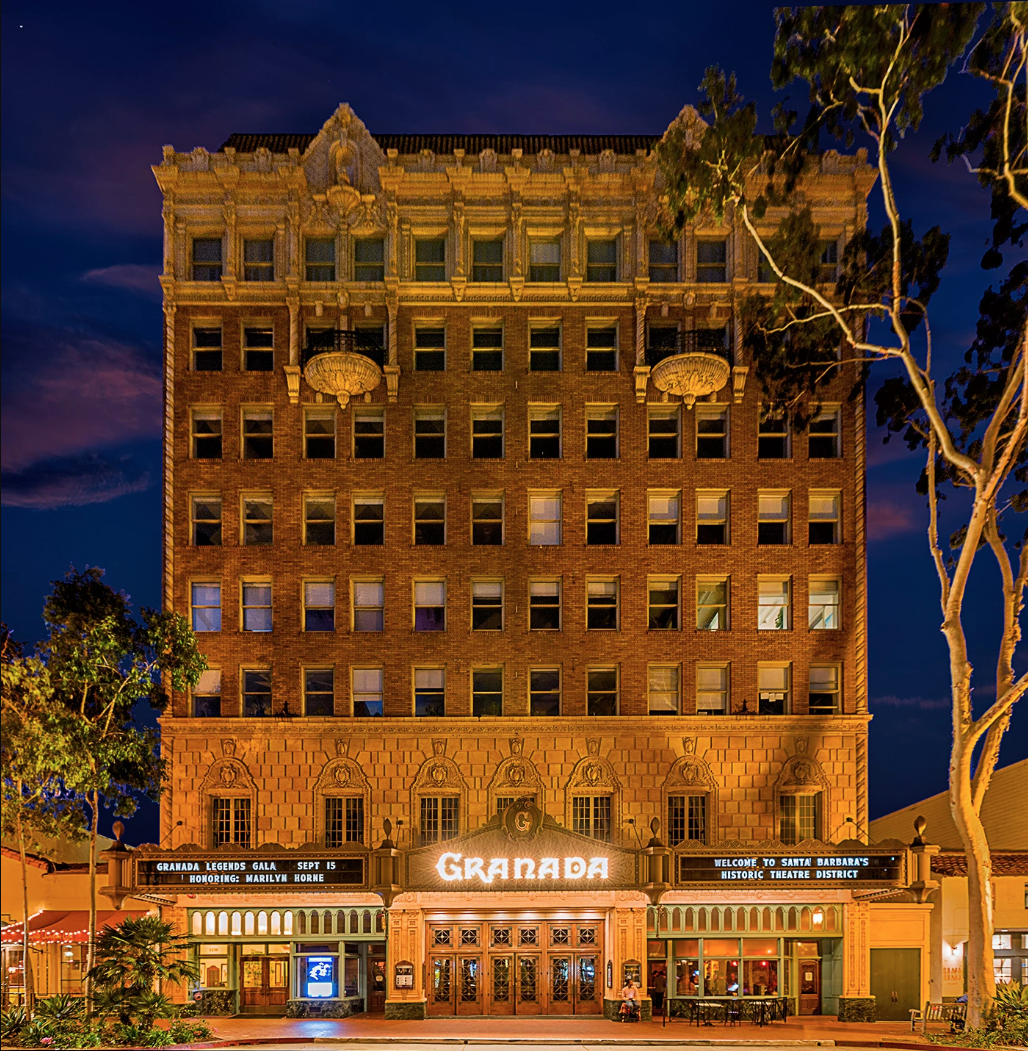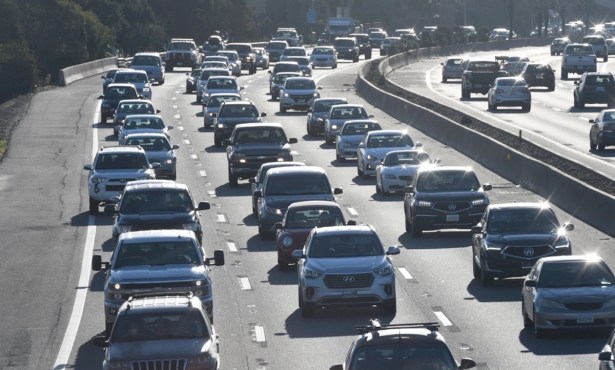How Tall Is Too Tall?
Why Height Matters to the Housing Crisis

“It is hereby declared the policy of the City that high buildings are inimical to the basic residential and historical character of the City.”
That’s what the Santa Barbara City Charter says. High buildings are inimical, i.e., harmful, hostile, unfavorable, adverse or unfriendly.
But how tall is a high building? The Granada Building is eight stories and 114 feet tall, and where the history of height limits in Santa Barbara began. Built in 1924, right before our infamous 1925 earthquake, it caused quite a stir. The same year, the six-story, 76-foot tall Balboa Building was built. Prior to that, there were tall buildings, like the Potter Hotel near the waterfront (probably over 80 feet), but the Granada went to an extreme. Many residents were aghast, and in 1930 the city passed a zoning ordinance limiting buildings to six stories in the commercial zone and three stories in residential zones. Apparently, they felt the Balboa Building was okay.
Fast forward to the late 1960s when developer Jerry Beaver proposed two seven-story towers on the land where Alice Keck Park Memorial Gardens now exists. Pearl Chase was enraged, lawsuits were filed, and ultimately, in 1972, the City Charter was amended by the voters as quoted above, defining a high building as anything over 60 feet in commercial zones, 45 feet in multi-family zones, and 30 feet in residential zones. No one knows how 60 feet was arrived at, but it has been suggested that Ms. Chase greatly admired the Margaret Baylor Inn, now the Lobero Building, across Anacapa Street from the Lobero Theatre. Designed by Julia Morgan in 1926, the building is four stories and almost 60 feet tall.
Ever since I first came to Santa Barbara in 1980, building height has been an issue. Routinely, buildings were forced by the review process to reduce their mass, bulk, and scale. Rarely did a project approach the 60-foot limit. Yet, in 2009 the 60-foot height limit was challenged by a citizen coalition who wanted it reduced to 40 feet. They created the ballot initiative known as Measure B. It was fought by many architects who argued that historic buildings, like the Baylor Building, the Balboa Building, and the Arlington Theatre, could not be rebuilt if damaged or destroyed. They also argued that a sustainable community is compact and that limiting height would result in more sprawl. It was a close vote, but ultimately Measure B failed. Nevertheless, not long after the vote, the City Council, whose majority had supported Measure B, passed an ordinance limiting buildings to 45 feet unless deemed a “Community Priority,” which required designation by the Planning Commission and City Council.
In 1972, 50 years ago, when the City Charter was amended to limit building height, I was a freshman in college and the median home price in Santa Barbara was around $30,000. In 1980, when I came to Santa Barbara, the median home price was around $100,000. Today the median home price in Santa Barbara is $1.6 million!
What does the cost of housing have to do with building height? Well, today we have a very serious housing crisis. The cost of a new dwelling unit in Santa Barbara is largely a function of the cost of land. If a property costs $2 million, and only four units are built on it, then the cost of the land only, per unit, is $500,000. If eight units are built on it, then the cost of the land, per unit, is half of that, or $250,000. Because building costs are continually rising, the only way to reduce the cost of new dwelling units is to reduce the cost of land on a per unit basis. If, in the example above, an additional floor could be added to the eight-unit housing project, then the cost of land per unit drops to less than $167,000. Another floor reduces it further to $125,000. The more housing units that can built on a parcel of land, the more the cost of that housing can be reduced.
I believe it is time to reconsider our community obsession with limiting building heights. I believe there are places in our community where we can build taller without harmful, hostile, unfavorable, adverse, or unfriendly impacts. One example would be infill housing in our downtown where Paseo Nuevo exists. It is next door to the Balboa Building and in the middle of the block. What better place to build taller? Another is La Cumbre Plaza, where the city’s Housing Element anticipates a potential of 2,000 units.
My firm is working on a plan to put housing on the Macy’s portion of La Cumbre Plaza, at the corner of State Street and Hope Avenue. We have determined that achieving the density the city’s Housing Element imagines on this site is impossible within our existing zoning and height limits. Furthermore, the only way to even get close would result in all the buildings having to be five stories squeezed into a uniform height of 60 feet. Our preference is a neighborhood of buildings with varied heights. By allowing more height toward the middle of the site, the buildings around the perimeter can be reduced in height to be more compatible with the existing scale of upper State Street, resulting in more interesting massing of architecture throughout the site and a better project in the long run for the community.
After Measure B failed, one of the proponents admitted to me that a beautiful thing about Santa Barbara’s downtown is the variation in building heights and that having all the buildings at a uniform height would be unfortunate.
So how tall is a high building? At what height would a new building truly be harmful, hostile, unfavorable, adverse, or unfriendly to the character of our city? I think we can probably all agree that it depends on where it is. I am certainly not advocating exceeding our 60-foot height limit throughout the city. However, I do believe that building taller than 60 feet can be appropriate in some areas if it means we can create more architectural variation and interest and, in the process, produce more housing affordable for our workforce.
It has been almost 100 years since the 1925 earthquake struck Santa Barbara. It has been 50 years since our charter was amended to restrict buildings to 60 feet. It is time for us to look forward to plan for a more diverse and affordable Santa Barbara where our workforce can afford to live. Building taller, in some places, in my opinion, can help us get there. It is, in the long run, the most sustainable way to build. And, if done well, will not be harmful, hostile, unfavorable, adverse, or unfriendly to our community.



